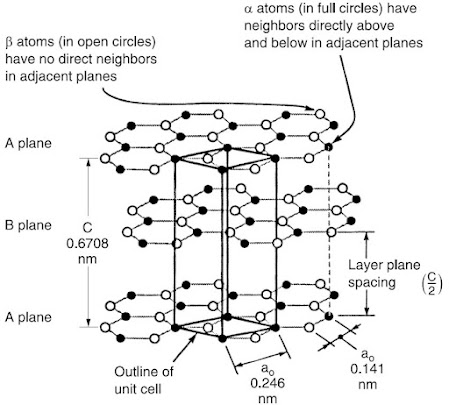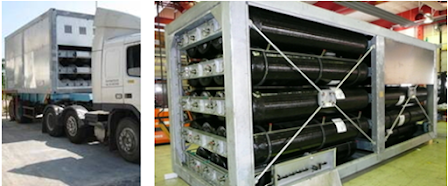Jakson Green announces $2.8bn green hydrogen and ammonia plans in India

Indian energy transition platform, Jakson Green, has revealed plans to establish a $2.8bn green hydrogen and green ammonia project in the Indian state of Rajasthan. Under a signed Memorandum of Understanding (MoU) with the Government of Rajasthan, Jakson Green intends to establish a green hydrogen and ammonia plant with a production capacity of up to 3.6 million tonnes per year. Jakson Green is the energy transition arm of infrastructure and renewables company, Jakson Group, which recently announced intentions to become a leading develop and integrator of green hydrogen and ammonia. Commenting on the Rajasthan plans, Bikesh Ogra, Founding Promoter, Managing Director, and CEO of Jakson Green, said, “We are extremely delighted to partner with the State of Rajasthan in developing one of the most realistically sized early green ammonia projects in the country. “We truly appreciate the Government of Rajasthan for this partnership and for demonstrating their vision in positioning the state a






